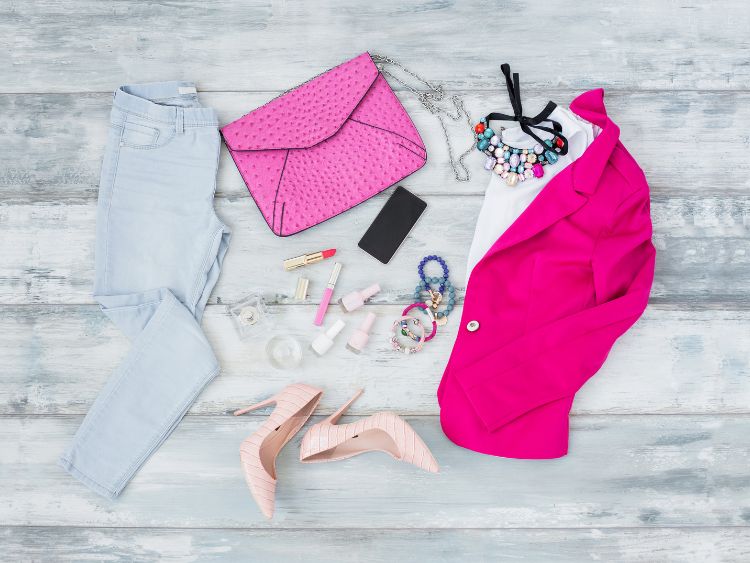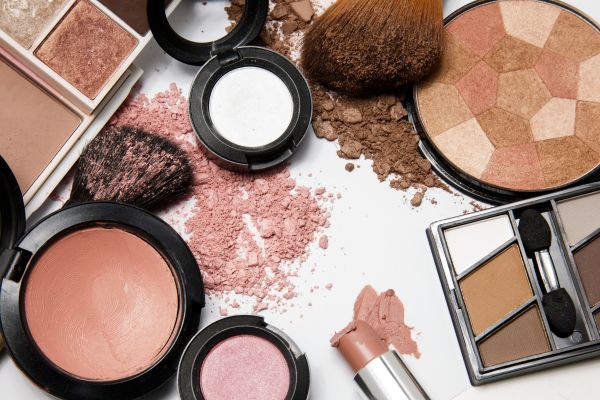Fashion shows are the heartbeat of the fashion industry, setting trends, showcasing creativity, and shaping the way the world dresses. From the catwalks of Paris to local runway events, fashion shows serve as the ultimate platform where designers, models, and audiences collide in a vibrant display of innovation. Whether you’re a fashion enthusiast or just someone curious about the glitz and glam, understanding the role of fashion shows in shaping the industry is essential. So, what exactly makes a fashion show so captivating?
The Evolution of Fashion Shows
Fashion shows have come a long way since their inception in the 19th century. Originally, these events were intimate affairs, held in small salons where only the elite could witness the latest designs. Today, they’ve transformed into global spectacles, broadcasted live and viewed by millions. Major fashion weeks in cities like New York, Paris, London, and Milan are attended by industry heavyweights, celebrities, and influencers.
The Rise of Fashion Weeks
Fashion weeks are perhaps the pinnacle of fashion shows. Twice a year, designers present their collections for the upcoming seasons, giving buyers, media, and fashion aficionados a sneak peek at what’s to come. These events often stretch over days, with multiple shows happening back-to-back, showcasing everything from haute couture to ready-to-wear collections.
Fashion Week not only spotlights established brands but also provides a platform for emerging designers to break into the scene. Did you know that many now-famous designers, like Alexander McQueen and Marc Jacobs, got their start during these high-profile events? The runway can indeed make or break a designer’s career.
The Purpose of a Fashion Show
But what’s the point of a fashion show? Isn’t it just clothes on a runway? Well, fashion shows are much more than that. They are creative exhibitions, where designers use garments to tell stories, express ideologies, and influence culture.
Storytelling Through Design
At its core, a fashion show is about storytelling. Designers create a narrative, often drawing inspiration from art, culture, or personal experiences. Each piece that walks down the runway is part of a larger theme—sometimes it’s political, sometimes it’s personal, but it’s always expressive.
For instance, one season a designer might channel the bold colors and patterns of African tribal wear, while another might focus on minimalist, monochromatic aesthetics. It’s not just about the clothes, but the emotions and reactions they evoke. Fashion shows are also a way to experiment with form, fabric, and function. Designers push the boundaries, sometimes creating pieces that are more art than apparel.
Setting Trends for Seasons Ahead
One undeniable role of fashion shows is to set trends. The moment a new collection debuts on the runway, you can bet that trend analysts and fashion buyers are taking notes. What’s seen on the runway will soon trickle down to high street stores and into the wardrobes of everyday people.
The bold shoulders, oversized jackets, or neon prints you see in your favorite store? Chances are they were first seen on a fashion show runway six months earlier. By the time they hit the shelves, they’re already the “must-have” looks of the season.
The Runway Experience: More Than Just Clothes
If you’ve ever attended or watched a fashion show, you’ll know it’s not just about the clothes—it’s a full experience. Everything, from the lighting and music to the models and set design, is carefully curated to enhance the designer’s vision.
The Role of Models
Models play an essential role in bringing designs to life. Their walk, demeanor, and expressions all contribute to the narrative of the show. Some models, like Gigi Hadid and Naomi Campbell, have become household names, their presence on the runway adding an extra layer of glamour and excitement.
Music and Atmosphere
Music is another critical component. The soundtrack of a fashion show can completely change its tone. Whether it’s upbeat techno beats or soft classical music, the sound dictates the pace and mood of the event.
Fashion Shows and Sustainability
In recent years, sustainability has become a hot topic in fashion, and it’s starting to reshape the runway, too. Designers are increasingly using their shows as platforms to raise awareness about sustainable practices. Eco-friendly fabrics, recycled materials, and ethical production processes are becoming more common.
Some fashion shows have even gone digital, reducing the environmental impact of hosting large-scale events. The shift towards sustainability isn’t just a trend—it’s becoming an integral part of the fashion show experience.
The Influence of Technology on Fashion Shows
Technology has revolutionized fashion shows. Today, anyone with a smartphone can stream fashion week live, making these once-exclusive events accessible to the masses. Social media platforms like Instagram and TikTok have also amplified the reach of fashion shows, with influencers live-posting from the front rows and sharing the latest trends with millions of followers.
Virtual Fashion Shows
With the rise of technology, we’re now seeing the advent of virtual fashion shows. During the COVID-19 pandemic, many designers took to digital platforms to present their collections. Some used augmented reality to create immersive experiences, while others produced pre-recorded shows that blurred the lines between fashion and film. It’s a brave new world for fashion, and technology is at the heart of it.
What to Expect at a Fashion Show
So, you’ve landed an invite to a fashion show—what can you expect? First, be prepared for a whirlwind of creativity and energy. The atmosphere is buzzing with excitement, from the audience’s anticipation to the final bow from the designer.
Seating and Invitations
Fashion shows are highly curated affairs, and seating is strictly assigned. The most coveted spots are, of course, front-row seats, often occupied by celebrities, fashion editors, and influencers. The further back you sit, the more exclusive the event feels, but don’t worry—even from the back row, you’ll get a fantastic view of the artistry.
The Presentation
As the lights dim and the first model steps onto the runway, the entire room falls silent. For the next 15-20 minutes, you’ll witness a whirlwind of styles, colors, and patterns. Fashion shows are fast-paced, so blink and you might miss a few key moments!
FAQs About Fashion Shows
Q: How do fashion shows impact everyday fashion?
A: Fashion shows set the trends that trickle down to high street retailers. What’s seen on the runway influences the clothing that ends up in stores and wardrobes around the world.
Q: Why are some runway pieces so outrageous?
A: Designers often use fashion shows to push creative boundaries and experiment with form and function. While some pieces may seem impractical, they serve as artistic expressions and sometimes lead to more wearable trends.
Q: Can anyone attend a fashion show?
A: Traditionally, fashion shows are invite-only events reserved for industry insiders, celebrities, and media. However, with the rise of live streaming, many shows are now accessible online.
Q: How long does a typical fashion show last?
A: Most fashion shows last around 15-20 minutes. However, the entire experience, from arriving at the venue to mingling post-show, can take several hours.
Conclusion
Fashion shows are much more than just displays of clothing—they are vibrant, artistic, and influential events that shape the future of fashion. From setting trends to telling stories, these shows offer a unique look into the creative minds of designers. Whether you’re watching from the front row or live streaming at home, fashion shows have the power to captivate and inspire.
So, the next time you see a runway filled with bold designs and experimental styles, remember that it’s not just about what’s trending—it’s about the creativity, passion, and innovation behind every stitch.
When it comes to finding comprehensive information on a variety of topics, FashionInform offers a diverse collection of reviews that cover various fields. For instance, if you’re looking for parenting websites, their comprehensive reviews of top parenting websites is a great resource. Similarly, wedding planners can benefit from their top wedding planning websites reviews, providing essential recommendations for your special day.
For those interested in legal resources, FashionInform also features a detailed review of top legal websites, which helps users navigate the often-complicated world of legal information. They don’t stop there; you can also explore their best loan and credit websites, offering a great tool for financial planning.
If you’re a veteran, small business owner, or seeking insurance advice, check out their veteran, small business, and insurance websites. They also cover travel enthusiasts with their top travel websites review.
For business insights, financial advice, and career guidance, FashionInform provides reviews of the top websites, while lifestyle and fashion lovers can explore the comprehensive reviews of fashion and lifestyle websites.
In the automotive sector, they offer reviews of the top automotive websites, and for animal welfare and conservation enthusiasts, check out their best animal welfare websites.
For tech aficionados, FashionInform provides reviews of the top technology websites, while those focusing on health can find the top health and wellness websites. Homeowners and real estate investors will benefit from their real estate websites review.
If you are searching for an overall analysis of website performance, FashionInform also presents in-depth reviews of noteworthy websites, and for sports fans, their top sports websites offer a thorough examination of content and user experience.



